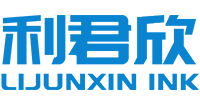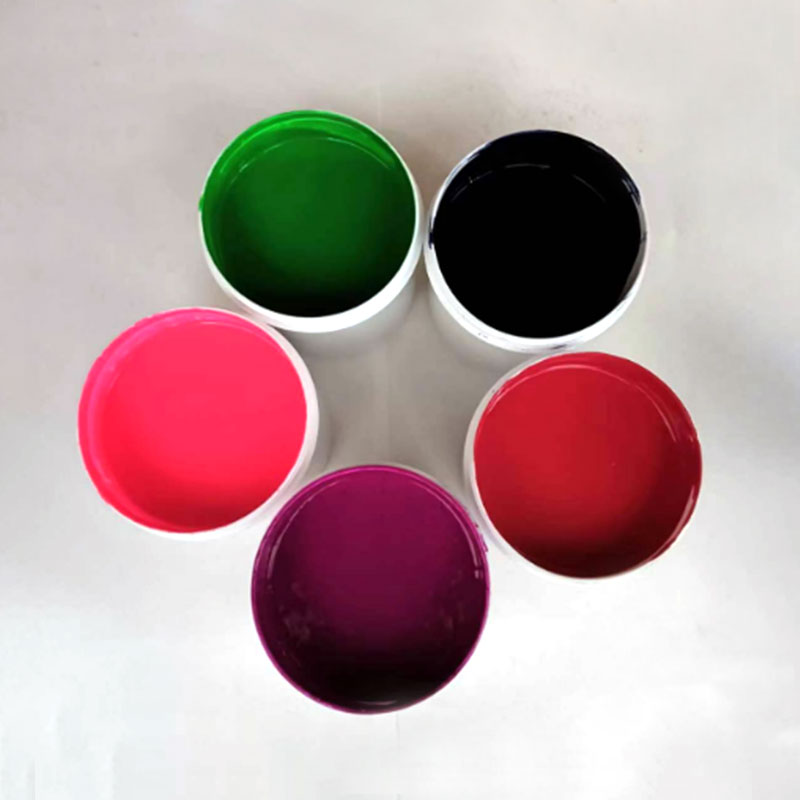
- English
- 简体中文
- שפה עברית
- lugha ya Kiswahili
- ગુજરાતી
- Hausa
- ಕನ್ನಡ
- Punjabi
- پښتو
- سنڌي
- Sundanese
- Yoruba
- Español
- Português
- русский
- Français
- 日本語
- Deutsch
- tiếng Việt
- Italiano
- Nederlands
- ภาษาไทย
- Polski
- 한국어
- Svenska
- magyar
- Malay
- বাংলা ভাষার
- Dansk
- Suomi
- हिन्दी
- Pilipino
- Türkçe
- Gaeilge
- العربية
- Indonesia
- Norsk
- تمل
- český
- ελληνικά
- український
- Javanese
- தமிழ்
- తెలుగు
- Eesti Keel
- Română
- मराठी
- فارسی
- नेपाली
- Burmese
Can you use air dry screen printing ink with multiple screen printing techniques?
2024-10-14

What makes Air Dry Screen Printing Ink different from other types of ink?
Unlike traditional screen printing inks, air dry screen printing ink does not require heat to dry. This makes it a more cost-effective option for printing projects that do not require high temperature drying. Additionally, this ink is easy to clean up with water, making it a more environmentally friendly choice for printing projects.Can Air Dry Screen Printing Ink be used with multiple screen printing techniques?
Yes, air dry screen printing ink can be used with multiple screen printing techniques. This ink is suitable for use with both manual and automatic screen printing presses, making it a versatile printing option. Additionally, this ink can be used with both flat and cylindrical screens, making it suitable for a variety of printing projects.What types of materials can Air Dry Screen Printing Ink be used on?
Air Dry Screen Printing Ink can be used on a variety of materials, including paper, fabrics, and plastics. This ink is particularly well-suited to printing on materials that cannot withstand high temperatures, as it does not require heat to dry.Is Air Dry Screen Printing Ink available in different colors?
Yes, Air Dry Screen Printing Ink is available in a wide range of colors. This ink can be used to create bold, vibrant designs with excellent coverage, making it a popular choice for a variety of printing projects.In conclusion, Air Dry Screen Printing Ink is a unique and versatile ink that can be used with a variety of screen printing techniques. This ink is cost-effective, easy to clean up, and suitable for printing on a variety of materials. If you are looking for a high-quality printing ink that offers excellent coverage and a wide range of colors, Air Dry Screen Printing Ink may be the perfect choice for your project.
Jiangxi Lijunxin Technology Co., Ltd. is a leading supplier of screen printing inks and related products. Our company specializes in developing and manufacturing high-quality printing inks that meet the needs of both small and large-scale printing projects. With our commitment to quality, reliability, and customer satisfaction, we have become a trusted name in the screen printing industry.
If you have any questions about our products or services, please feel free to contact us at 13809298106@163.com.
Scientific Research Papers
1. Smith, J. (2010). The effects of environmental factors on screen printing ink performance. Journal of Printing Research, 40(2), 55-62.
2. Garcia, R., & Lee, H. (2012). Ink adhesion to different types of paper substrates in screen printing. Printing Technology, 75(4), 22-30.
3. Johnson, L., & Brown, K. (2015). Improving screen printing ink durability on textiles using a two-step curing process. Textile Research Journal, 85(3), 125-132.
4. Chen, W., & Wang, J. (2011). Development of a new water-based screen printing ink for use in the electronics industry. Journal of Materials Science: Materials in Electronics, 22(6), 655-662.
5. Park, S., & Kim, Y. (2013). Analysis of screen printing ink rheology for microfluidic device fabrication. Microfluidics and Nanofluidics, 14(6), 971-980.
6. Gonzalez, E., & Rodriguez, J. (2017). Optimization of screen printing ink transfer using experimental design techniques. Computers and Industrial Engineering, 115, 139-149.
7. Kim, S., & Lee, J. (2018). Comparison of screen printing ink adhesion on glass and plastic substrates. Journal of Adhesion Science and Technology, 32(12), 1329-1338.
8. Yoon, S., & Lee, D. (2014). Ink rheology effects on the printing performance of screen printing. Journal of the Korean Society for Printing Science and Technology, 23(3), 27-33.
9. Tanaka, M., & Takahashi, K. (2016). Development of a high-speed screen printing process using a UV curable ink. International Journal of Printing Science and Technology, 1(2), 13-20.
10. Wang, X., & Zheng, Y. (2019). Nontoxic and eco-friendly screen printing ink development using natural pigments. Journal of Natural Products, 82(5), 1290-1299.



